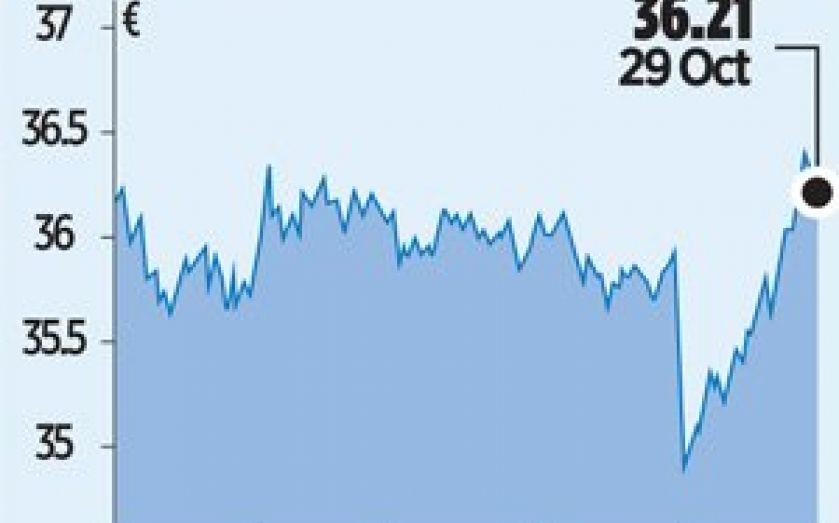Bottom Line: Cost cuts show importance of controlling pay

WHILE headlines will – quite rightly – focus on the huge litigation charge and poor return on equity that Deutsche Bank revealed yesterday, CEOs Jurgen Fitschen and Anshu Jain were keen to draw attention further down the release – to the cost cutting that helped the bank rack up €1.5bn of savings in the last quarter alone.
The figure put Deutsche well on its way to hitting saving targets for the year of €1.6bn, and took a chunk out of the total €4.5bn it wants to cut by 2015.
Almost €300m of those savings came via lower compensation and benefits packages for staff. Despite headcount rising by 0.5 per cent over the quarter, pay costs fell by 12 per cent, knocking two percentage points off the bank’s compensation ratio.
Deutsche needed to save money, and it did so by targeting one of its biggest variable costs, just as large banks have been doing for years.
More specifically, it focused its cuts in parts of the bank that had performed the worst. Though savings aren’t broken down in complete detail, noninterest expenses fell €317m in corporate banking (where revenues slumped 20 per cent quarter-on-quarter) but just €46m in global transaction banking (where the same revenues fell by only one per cent). By rewarding performance Deutsche’s management spread savings across the business as they saw fit, and gave investors a bright spot to focus on among the legal payouts and drop in trading.
The bank’s update yesterday was a lesson in just how crucial it is that banks are able to set their own pay levels – and how crucial it is that European regulators don’t keep stomping all over that privilege by introducing arbitrary caps on bonuses. Doing so will not only send talent elsewhere, but also hold banks back from delivering the very capital and liquidity targets that watchdogs are so keen for them to hit.